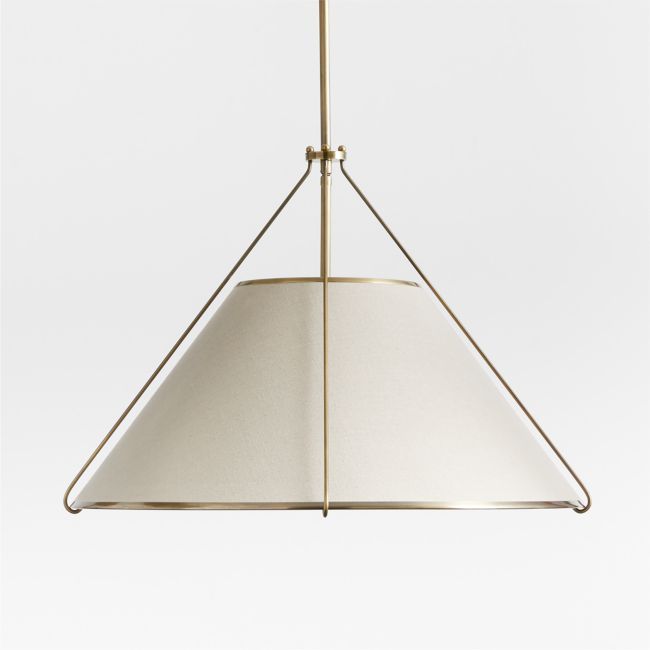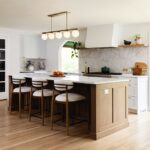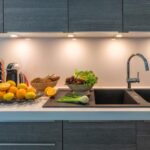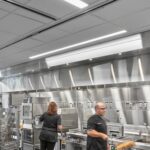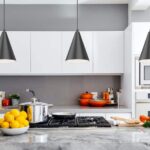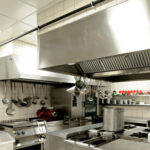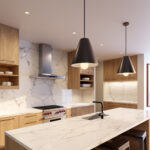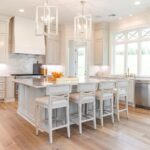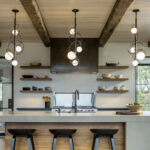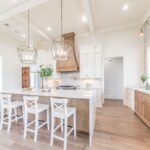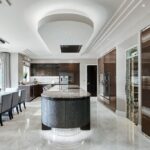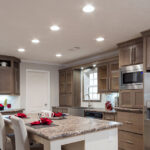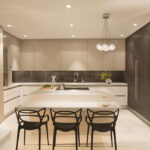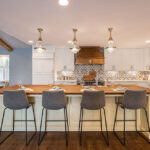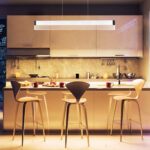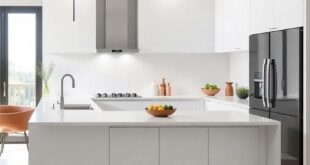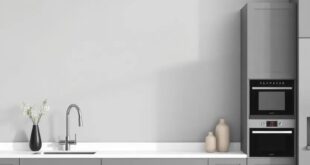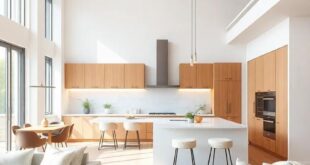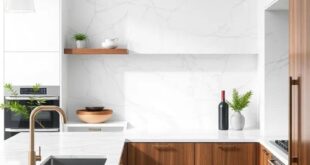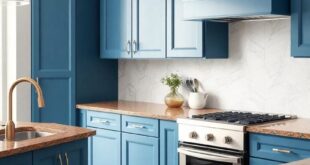The kitchen is often considered the heart of the home, where families gather to cook, eat, and socialize. With so much time spent in this space, it’s important to have adequate lighting to ensure that tasks can be done efficiently and safely. Proper lighting in the kitchen not only serves a functional purpose, but also enhances the overall aesthetic of the room.
When it comes to kitchen lighting, there are a few key factors to consider. The first is the type of lighting you will need. There are three main types of lighting that are typically used in kitchens: task lighting, ambient lighting, and accent lighting. Task lighting is essential for illuminating work surfaces such as countertops and stovetops, while ambient lighting provides overall illumination for the room. Accent lighting is used to highlight specific areas or features of the kitchen, such as a beautiful backsplash or a piece of artwork.
Another important factor to consider when planning kitchen lighting is the placement of the fixtures. Task lighting should be strategically placed above work areas to minimize shadows and glare, while ambient lighting should be evenly distributed throughout the room to provide a comfortable and inviting atmosphere. Accent lighting can be used to create a focal point or draw attention to certain design elements in the kitchen.
In addition to the type and placement of lighting fixtures, the type of bulbs used can also have a significant impact on the overall look and feel of the kitchen. LED bulbs are energy-efficient and long-lasting, making them a popular choice for kitchen lighting. Halogen bulbs provide a bright, white light that is ideal for task lighting, while incandescent bulbs offer a warm, soft glow that is great for ambient lighting.
When selecting lighting fixtures for your kitchen, it’s important to choose ones that complement the style and decor of the room. Whether you prefer sleek and modern pendant lights or classic and timeless chandeliers, there are countless options available to suit your personal taste and budget.
In conclusion, proper lighting in the kitchen is essential for creating a functional and inviting space. By considering the type, placement, and bulbs used for your lighting fixtures, you can enhance the overall aesthetic of your kitchen while ensuring that tasks can be completed efficiently and safely. So, next time you’re planning a kitchen renovation or simply looking to update your lighting, remember to give careful thought to the important role that lighting plays in this essential room of the home.
 Decorationg Interior Design
Decorationg Interior Design
